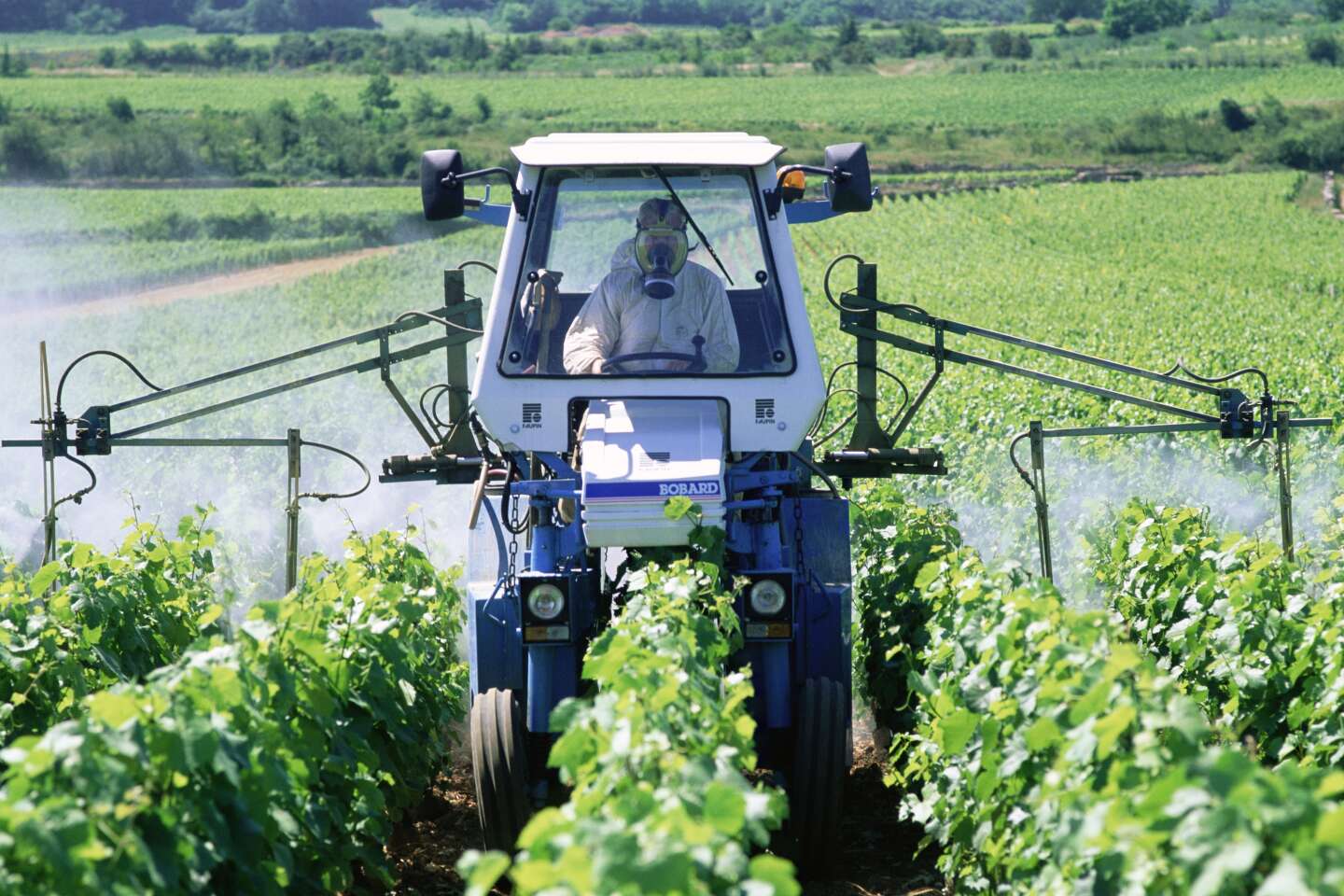Lhe French wine market is currently facing a clear imbalance between supply and demand, to the point that the sector is considering the possibility of a massive eradication in some vineyards. The phenomenon would derive from a ” of consumption » with a continuous decline for more than sixty years due to profound changes in behavior, and to daily consumption which hardly exceeds 10% of the population.
The opening of new foreign markets is also losing momentum and global consumption is declining. This brutal development acts as a double sword in the context of economic crisiswhich has become unbearable for many operators in the sector.
The threat weighs on some of them 440,000 jobs generated in France, on its contribution to the trade balance and on the cultural model associated with it. So instead of hoping for a great evening of relaunching national consumption, with questionable repercussions on public health, let’s build a new wine promotion system with a global, historical and prospective approach.
Different revolutions
A holistic approach is to avoid believing in miracles. The massive use of exports to China it offered an ultimately limited horizon, masking deeper discomforts. This crisis does not arise from a single cause, nor does it resemble the violent but temporary ones faced in the past.
We see it becoming more and more difficult adaptation to climatic conditions, increasingly unruly and with locally devastating and unpredictable effects. At the same time, society rightly expects practices that are more favorable to the environment and the health of vineyard workersconsumers and vineyard residents.
A historical look reminds us that wine, a thousand-year-old product, has already experienced several revolutions.
The current cycle began around 1870 following a massive destruction of the vineyard by phylloxera: generalization of grafting and replanting in fertile areas, massive production destined for cities and industrial regions, structuring of cooperatives since 1901, definition of an original definition of wine since 1889 and applied as a response to the 1907 crisis, solution of fungal diseases in agrochemistry since 1945, economic regulation based on yield and regime of controlled denominations. Many elements of a complex and coherent system, adapted to the last one hundred and fifty years, but to be reconstructed at least in part.
